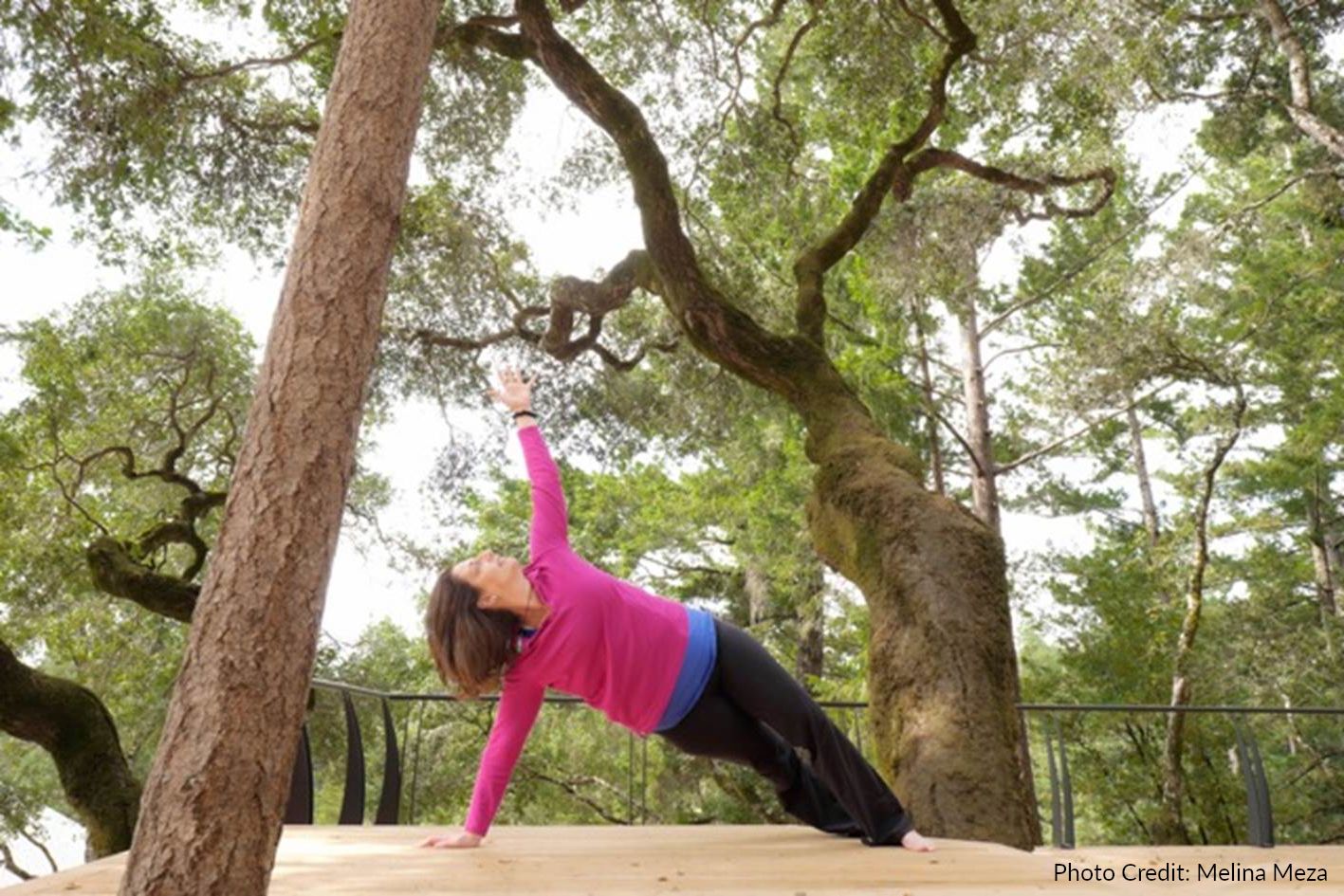If you have started a meditation practice this year or would like to embrace something new, try a walking meditation. Walking meditation can also be added to your off-the-cushion mindfulness practice, and it’s a very nice way to enjoy your time outside. Spring is the perfect time to celebrate presence and attention. Flowers are blooming, and nature is blossoming and flourishing everywhere. This is a good time of the year to celebrate the beauty in nature.
Go outside, take a walk, and try the following steps. I highly recommend a technology-free walk to take the opportunity to connect with your senses:
- Bring your attention to your breath. As you walk, notice your inhales and exhales. Silently say “inhale” and “exhale” in your mind, following the rhythm of your breath.
- Bring your attention to your feet. You can also practice intentional attention by focusing on your feet. As you walk and move your right foot, silently say “right.” As you move your left foot, silently say “left.” You can practice for a few minutes during your walk, or you might mix it up, alternating attention between breath and feet.
- Take time to smell the roses. During your walk, if you see flowers, stop to touch them, feel the texture, and intentionally use your senses. Perhaps you hear the sound of birds chirping; focus on listening to them and enjoy the beautiful sounds they make.
Focusing on your senses can be a form of presence. Practice mindfulness while enjoying nature, and, most of all, take joy in who you are. Remember, you are unique and beautiful in many ways. As always, be compassionate toward yourself.















One reply on “Spring Into Mindfulness With a Walking Meditation”
Thank you very much for the mindfulness walking tips!!! I’m going to try them. Thanks again,Carla Mason